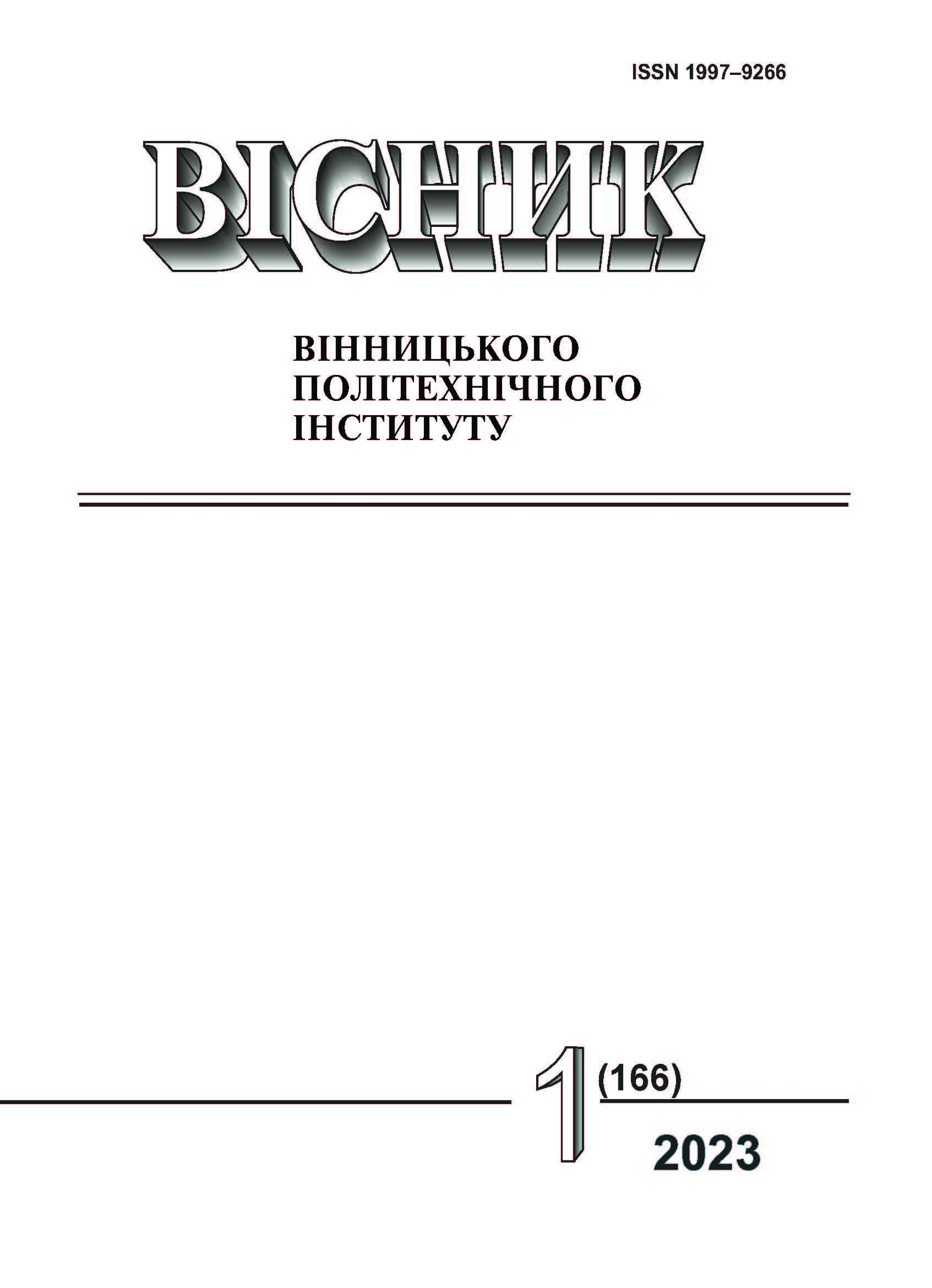Influence of the Renewable Energy Sources on the Energy Efficiency of Electric Distribution Networks
DOI:
https://doi.org/10.31649/1997-9266-2023-166-1-41-48Keywords:
electrical networks, renewable energy sources, electricity losses, photovoltaic plants, energy efficiency, reactive powerAbstract
The total installed capacity of renewable energy sources (RES) in 2021 reached almost 10 percent of the installed capacity of UES of Ukraine. This became possible due to state incentives in the form of a “green tariff”. However, the lack of a reasonable approach to determining the point of connection of RES to the electric network (EN) and its power has led to the decreae of the effectiveness of the EN operation.
Due to the incommensurable capacities of RES and consumers connected to one feeder, losses of active power increase, indicators of the quality of electric energy (voltage deviations) deteriorate, and elements of the electric network (power transmission lines, power transformers) are overloaded. All this is aggravated by the fact that ENs were designed and built according to the principles of centralized power supply, for which the appearance of counterflows of electricity is an abnormal mode.
Photoelectric plants, which make up almost 80 percent of RES in Ukraine, have the technical possibility to realize the impact on the flow of reactive energy in the network. This possibility was confirmed by analyzing the results of field experiments on operational objects and mathematical modeling by means of Simulink Matlab.
Optimization of the reactive power flows is the most effective means of reducing active power and energy losses and improving electrical energy quality indicators. Therefore, the paper proposes a method for determining the amount of reactive power generated by a photovoltaic plant depending on its connection point and network configuration.
References
Національна енергетична компанія «Укренерго», Методичні вказівки з аналізу технологічних витрат електричної енергії та вибору заходів щодо їх зниження: СОУ-Н ЕЕ 40.1-00100227-96:2014. Київ: Держ. підпр. «Укренерго», 2014, 84 с.
П. Д. Лежнюк, і В. В. Кулик, Оптимальне керування потоками потужності і напругою в неоднорідних електричних мережах, моногр. Вінниця, Україна: УНІВЕРСУМ-Вінниця, 2004, 188 с.
НКРЕКП, «Про затвердження нормативно-правових актів, що регулюють діяльність гарантованого покупця та купівлі електричної енергії за "зеленим" тарифом», Постанова НКРЕКП № 641, 26 квітня 2019 р. [Електронний ресурс]. Режим доступу: https://zakon.rada.gov.ua/laws/show/v0641874-19#Text .
P. Lezhniuk, O. Rubanenko, V. Komar, and O. Sikorska, “The Sensitivity of the Model of the Process Making the Optimal Decision for Electric Power Systems in Relative Units,” in IEEE KhPI Week on Advanced Technology (KhPIWeek), Kharkiv, 2020, рр. 247-252.
Ю. С. Железко, А. В. Артемьев, и О. В. Савченко, Расчет и анализ потерь электроэнергии в электрических сетях. Москва, РФ: ЭНАС, 2008.
П. Д. Лежнюк, В. В. Кулик, і О. Б. Бурикін, Взаємовплив електричних мереж і систем в процесі оптимального керування їх режимами, моногр. Вінниця, Україна: УНІВЕРСУМ-Вінниця, 2008.
Downloads
-
PDF (Українська)
Downloads: 126
Published
How to Cite
Issue
Section
License

This work is licensed under a Creative Commons Attribution 4.0 International License.
Authors who publish with this journal agree to the following terms:
- Authors retain copyright and grant the journal right of first publication.
- Authors are able to enter into separate, additional contractual arrangements for the non-exclusive distribution of the journal's published version of the work (e.g., post it to an institutional repository or publish it in a book), with an acknowledgment of its initial publication in this journal.
- Authors are permitted and encouraged to post their work online (e.g., in institutional repositories or on their website) prior to and during the submission process, as it can lead to productive exchanges, as well as earlier and greater citation of published work (See The Effect of Open Access).





